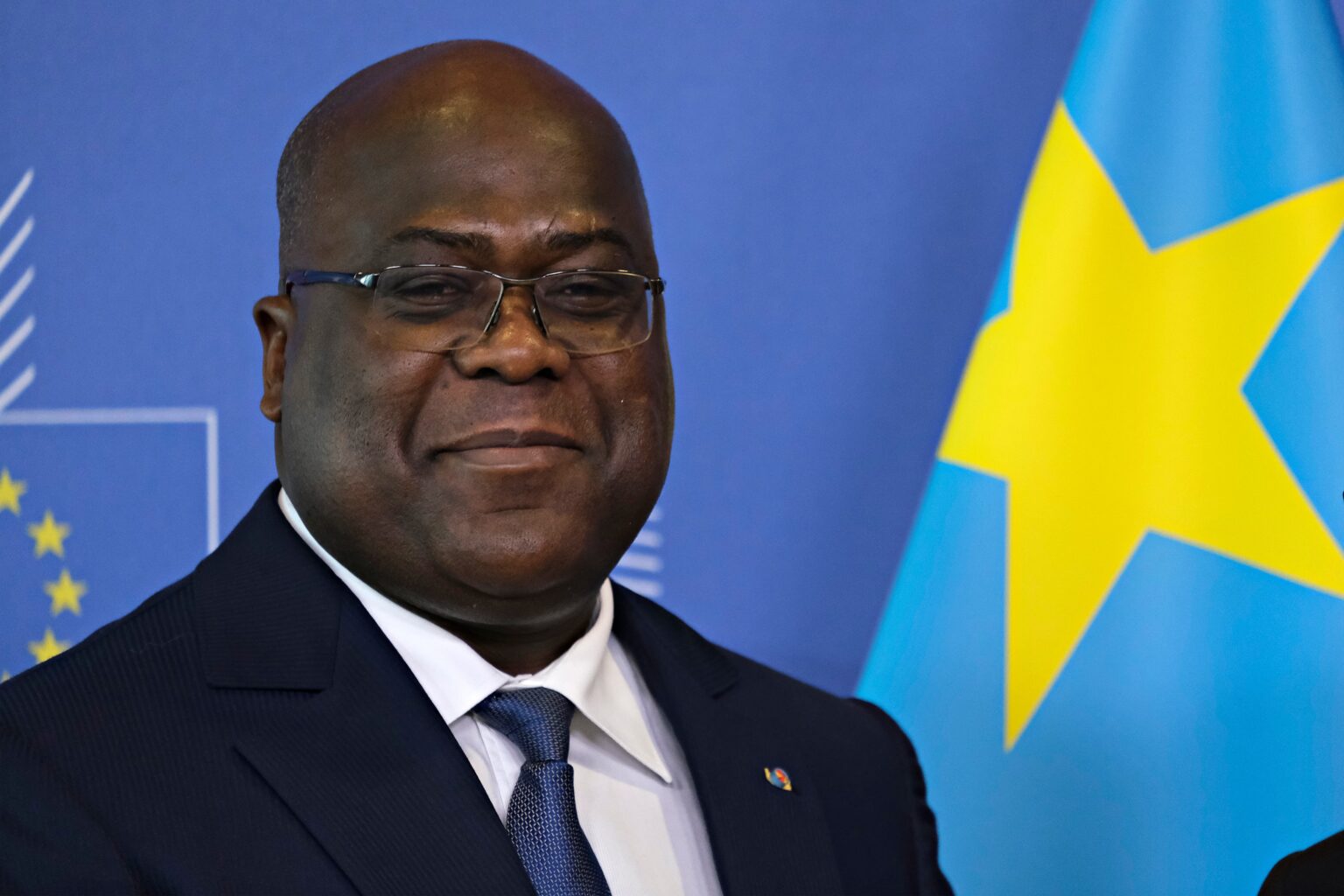A significant step toward ending one of Africa’s most persistent conflicts was taken as the Democratic Republic of the Congo and the M23 rebel group signed a declaration to end hostilities. The signing took place in Doha, Qatar, following weeks of indirect talks and mediation supported by the United States, Qatar, and other international actors. The agreement, described as a “Declaration of Principles,” aims to halt the violence that has destabilized eastern Congo and displaced over a million people in recent years.
The declaration marks the first formal commitment between the Congolese government and M23 rebels since the resurgence of conflict in late 2021. It follows a broader bilateral accord signed in Washington, D.C., in late June between Congo and Rwanda, which has been widely accused by the United Nations and Western governments of supporting M23 militarily and economically. That earlier accord included mutual commitments to disarm militias, withdraw troops, and support mineral transparency across borders.
Qatari officials confirmed that the declaration includes terms for a ceasefire, humanitarian access, the release of prisoners, and a framework to return control of rebel-held territories to the central government in Kinshasa. However, implementation details remain unclear, and several key issues were left unresolved in the current version of the agreement.
Unresolved Issues and Ongoing Concerns
While the ceasefire declaration has been welcomed internationally, questions remain over whether the M23 rebels will withdraw from major cities like Goma and Bukavu, which are still under their control. The rebels have continued to operate their own parallel administrations in several areas, raising concerns over the reintegration process and the restoration of Congolese state authority. The declaration reportedly does not contain binding language on the timeline or scope of territorial withdrawal.
Another critical point relates to the economic networks sustaining the conflict. United Nations investigations and independent reporting have documented Rwanda’s involvement in the extraction and trade of conflict minerals from eastern Congo, particularly coltan and tantalum. These materials are used globally in electronics and electric vehicle batteries. According to a recent UN report, coltan mined from rebel-held zones in North Kivu is smuggled into Rwanda, where it is mixed with domestic output to obscure its origin before being exported. These revenues have allegedly helped fund M23’s operations.
Although Kigali has denied direct involvement with M23, evidence collected by UN panels suggests Rwanda has supplied the group with weapons, drones, and air-defense systems. The Congolese government has long accused its eastern neighbor of destabilizing the region for economic gain, a claim echoed by several Western diplomats.
Mineral Wealth at the Heart of the Conflict
The conflict in eastern Congo is deeply tied to the region’s vast mineral wealth. Experts estimate that the underground resources in this part of the country — including gold, tin, tungsten, cobalt, and copper — are worth more than 24 trillion US dollars. These riches have turned the region into a battleground for militias, criminal networks, and foreign interests.
M23’s control over key mining regions has raised alarms about the continued financing of armed groups through illicit mineral sales. The new peace framework does not yet include a clear mechanism to regulate mining activity or ensure that revenues benefit local populations. Both the Congolese government and international mediators have emphasized the need for reforms in mineral governance to prevent future cycles of violence.
The United States, which played a central role in brokering the initial Congo-Rwanda deal, has linked progress on economic transparency to long-term peace. Washington has pushed for the establishment of traceable supply chains and called on Rwanda to sever any remaining ties with M23. However, without enforceable commitments and monitoring mechanisms, these goals may remain aspirational.
Hopes for a Final Peace Accord Next Month
With the declaration now signed, attention turns to the next steps. The parties have agreed to continue negotiations, with the aim of signing a full peace accord in Doha by mid-August. The proposed agreement would build on the current declaration and address unresolved issues, including disarmament, reintegration of combatants, and governance of contested areas.
The United Nations and African Union have expressed support for the process, though observers warn that past peace efforts have failed due to lack of implementation. President Félix Tshisekedi’s administration has stated its commitment to restoring state authority, but much will depend on whether the rebels comply with the terms and whether Rwanda follows through on its pledges.
For civilians in North Kivu and Ituri, who have suffered years of displacement, insecurity, and abuse, the ceasefire offers a fragile but real hope. Many remain cautious, having witnessed multiple failed peace efforts in the past. The coming weeks will be critical in determining whether the promise of peace can be translated into tangible change on the ground.



